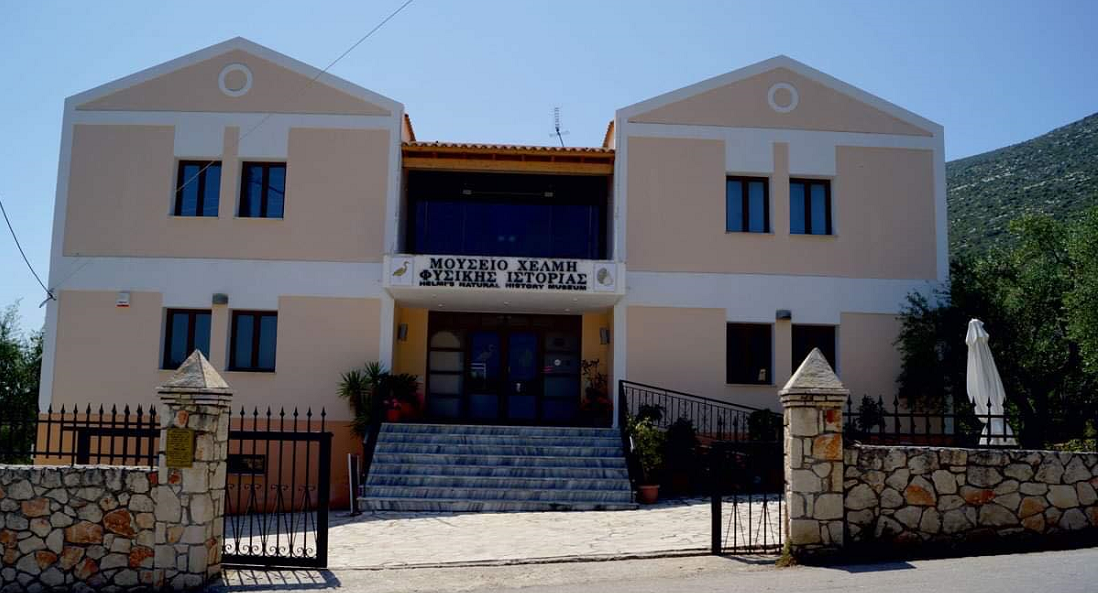
The scientific community of museologists welcomed with great interest and enthusiasm the recent participation of the Helmis Natural History Museum in Montenegro.
In particular, the announcement by the Helmi Natural History Museum at the International Symposium of Museologists of Montenegro, held from October 2 to 4, 2025, in picturesque Petrovac, left the best impression.
The theme of the conference concerned key issues in contemporary museology, including inclusion, visitor interaction with modern educational methods, the impact of educational programs on local communities, sustainability, and museum synergies in the field of cultural management. It brought together academics, museum professionals, and representatives from cultural institutions in Montenegro and museums in the Balkans and Europe in general, with the aim of exchanging views, challenges, and experiences.
During the conference, the president of the Helmi Museum, Mr. K. Stoupathis, gave an oral presentation entitled “Aromatic Journeys: Herbs as an object of interaction and artistic education” (Aromatic Journeys: Herbs as an object of interaction and artistic education at the Helmis Museum). In particular, it referred to the educational activities carried out in October 2024 at the Helmis Museum (as part of the Ministry of Culture’s funded “Creative Greece” program).
During the presentation, both the content and the museological rationale behind a temporary exhibition of 45 native herbs from western Greece, displayed in dried and live form, were analyzed so that the 500 participants (minors visiting the exhibition, primary school pupils, people with disabilities from Creative Activity Centers with total/partial hearing or vision impairment, and even intellectual disabilities) could utilize their artistic knowledge, learn about ancient myths, and be encouraged to develop skills in creativity, communication, and teamwork skills.
In addition, the announcement analyzed a) the objectives of the activities, which were to stimulate the senses of the individual: to allow everyone to come into contact with common varieties and types of herbs that visitors could touch, smell, taste, and smell without restrictions that are usually expressly prohibited in museums, b) the theoretical background and cognitive content of two interactive workshops on art education, storytelling, painting on ceramics, and printmaking.
The distinguished artists/educators (Z. Nikitaki, E. Garstea, and S. Androutsaki) and “Kykeon Elefsis” (G. Papadimitriou and D. Katsala) made an exceptional contribution to the implementation of the activities. (G. Papadimitriou and D. Katsala), who, together with Mr. Stoupathis and the founder of the HNHM, Mr. P. Helmis, led the guided tours, experiential activities, and educational programs.
This participation in the conference is part of the Museum’s vision to present its high-level activities abroad. Similarly, it aims to broaden its outreach to the general public with regard to contemporary museological challenges, with an emphasis on inclusion and the provision of educational resources to local school students, unemployed members of associations for people with partial or total disabilities, and even adult visitors interested in local herb cultivation and the development of artistic skills, as they are partially excluded from the wider natural environment. More importantly, however, it explores the impact of engaging in herbs, gardening, art, and experiential activities that will help in their professional rehabilitation.

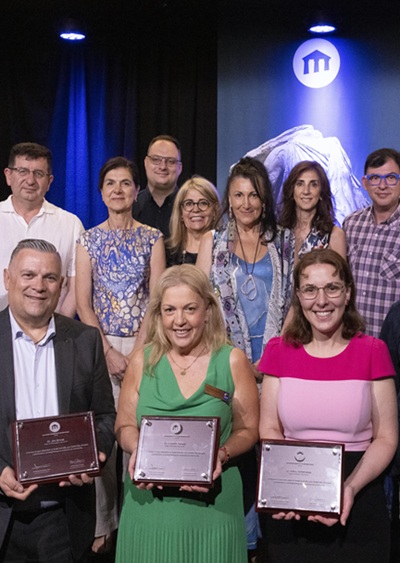
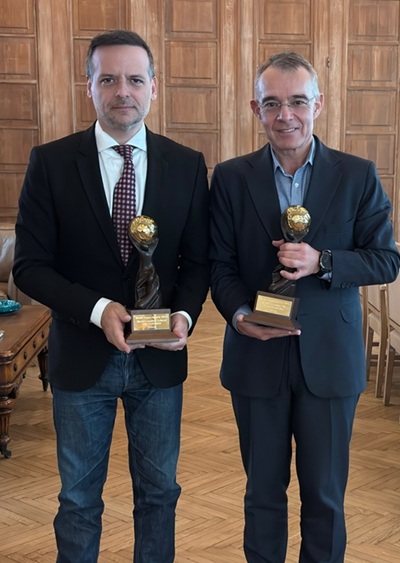
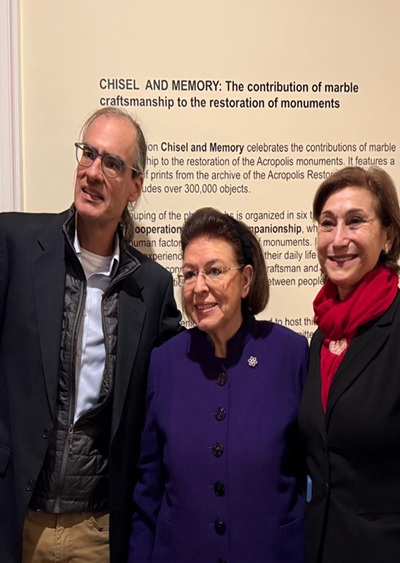
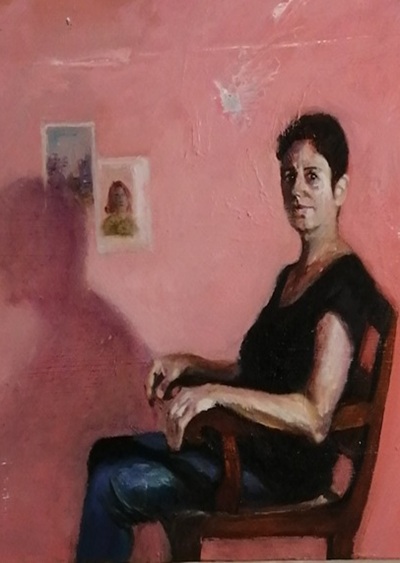
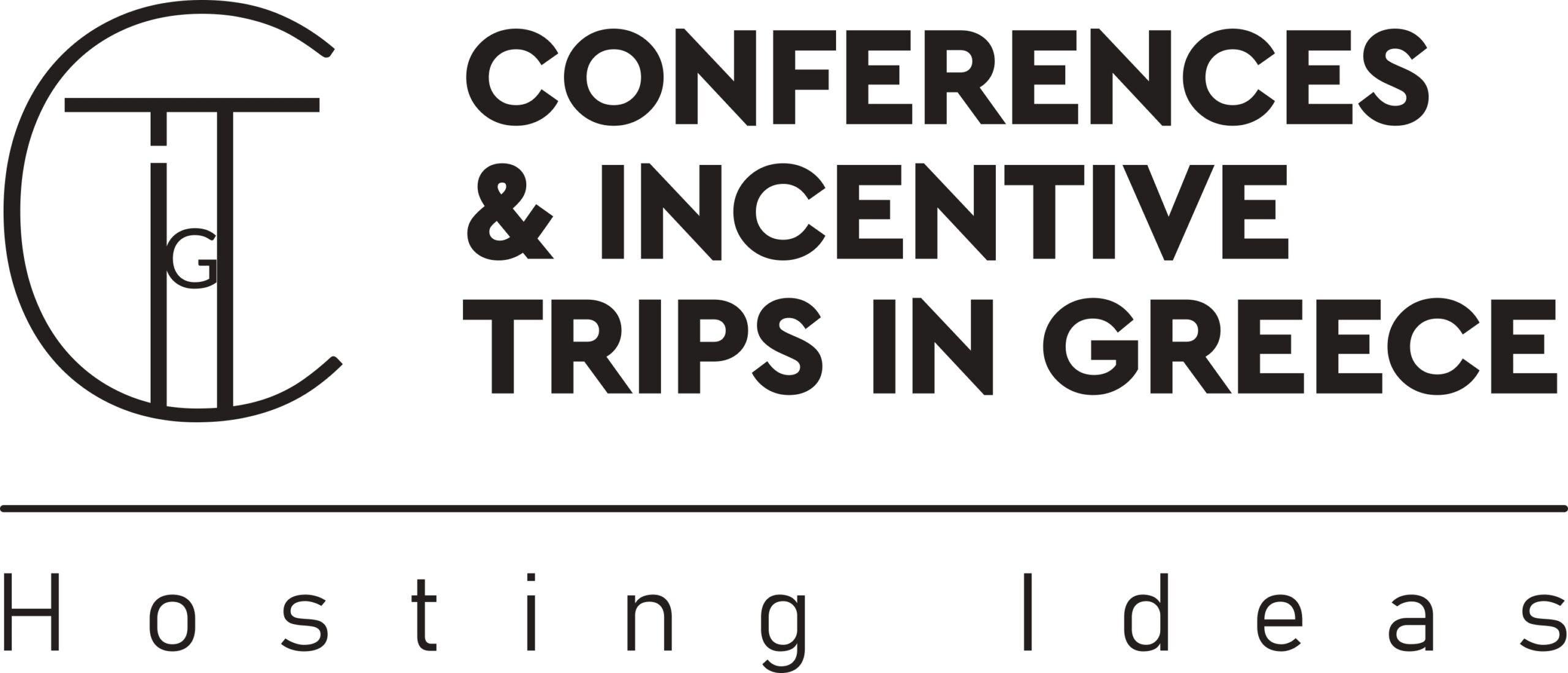
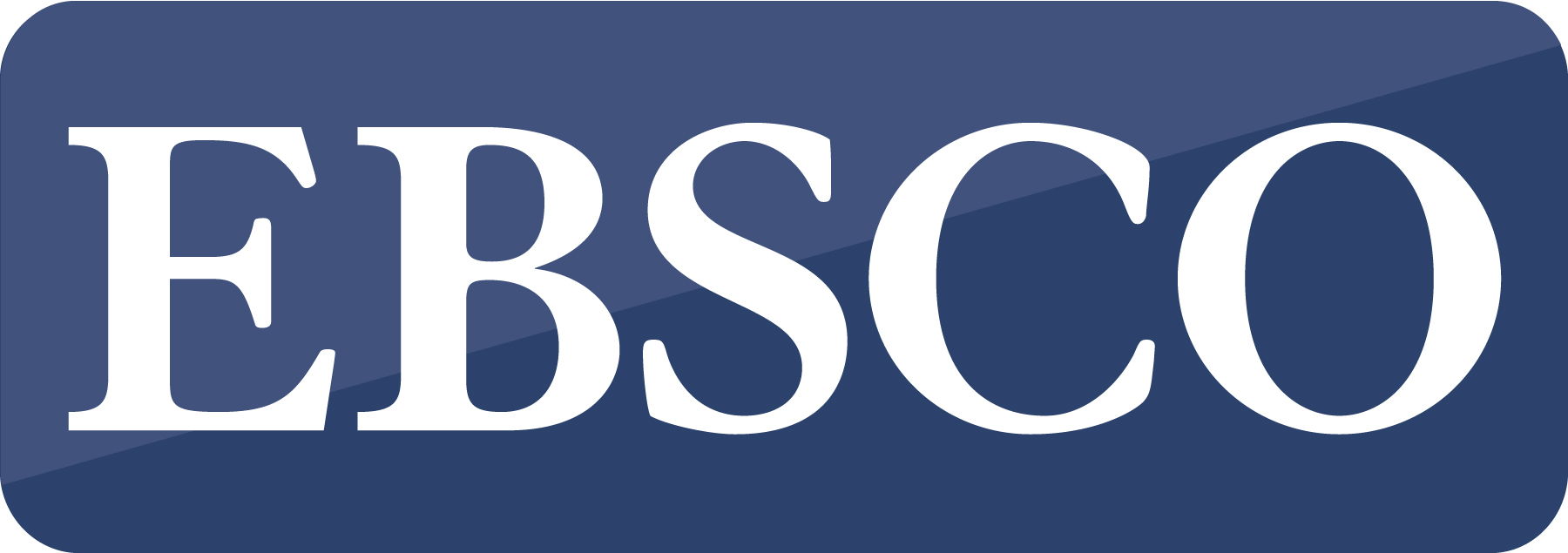
Leave A Comment